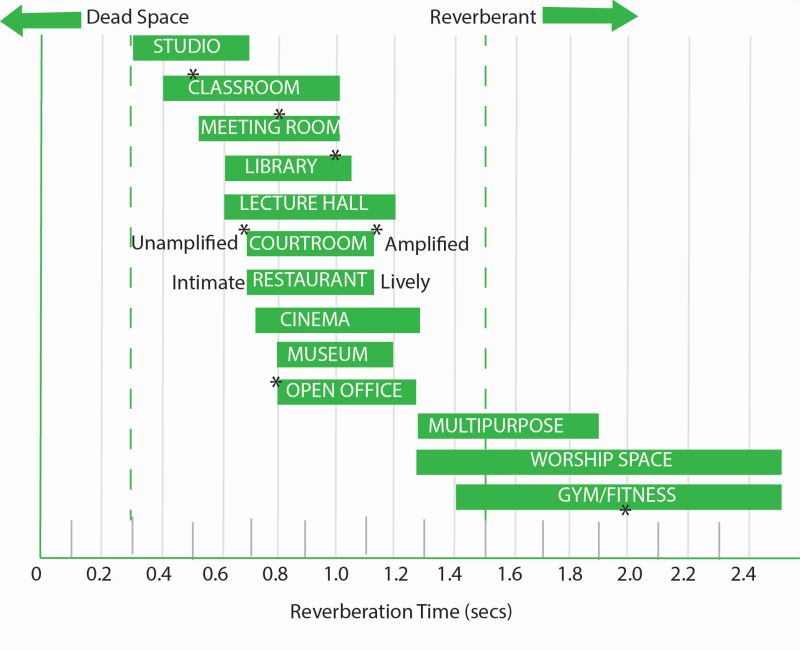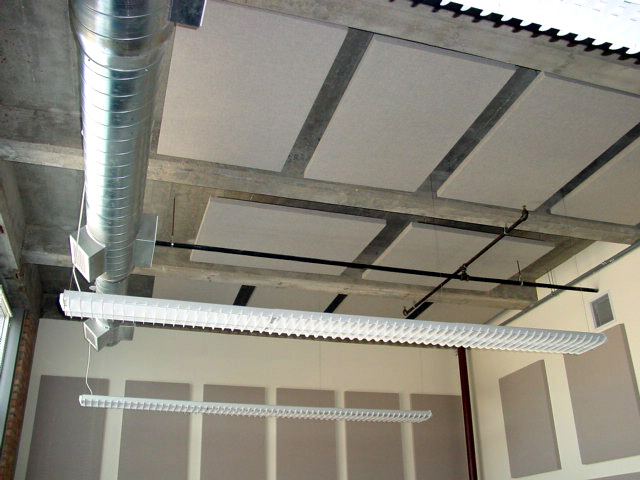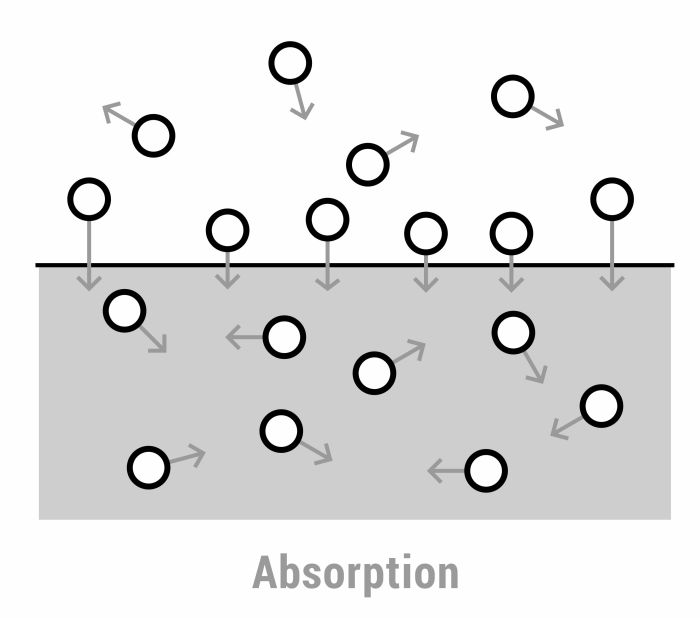Acoustic Design for Education Facilities Imagine trying to learn integral calculus with the drumming of a mechanical room next to you. Or trying to memorize Shakespeare lines or capials in the Far East capitals the band plays a marching tune above. This is a situation that many students in our nation’s schools encounter every day. […]
Tag Archives: Absorption
Sound treatment is critical in faith and worship centers, as these locations tend to rely heavily on both speech and music. The centers must be properly outfitted with acoustical equipment to increase speech intelligibility while simultaneously enhancing the quality of musical components. The equal importance of music and speech quality creates a challenge for architects […]
Have you ever attended a lecture or a play in an auditorium and barely been able to make out what the speaker was saying? Chances are the problem was poor acoustics. Next time you design, build, or review an auditorium, make sure to consider these 8 key factors that affect the acoustic performance and environment in […]
Classrooms, especially grade school classrooms, are notoriously loud. We tend to credit the noise to students giggling with their friends and playing with their iPhones under their desks, but they may not be entirely to blame when it comes to tumultuous classrooms. Think back to the last classroom you were in. What did it look like? […]
The reverberation time for a room is determined by its size and the finishes. However, a target reverberation time is driven by the room’s expected use. Upbeat and active spaces often desire a longer reverb time, while other rooms (where speech intelligibility and comfort are in demand) will require much shorter reverb times. Read below […]
While many restaurateurs struggle with acoustic issues, some are more critical than others. Take for instance, Tampa’s downtown Channelside restaurant Cena. A high-end Italian Cafe focused on upscale Mediterranean cuisine, the restaurant was a perfect storm of underlying acoustical concerns. The walls were painted gypsum with a significant square footage of windows. Meanwhile the tall […]
Commercial Acoustics recently treated a small art museum in the city of St. Petersburg, Florida. The facility was moving from bamboo flooring to polished concrete, and the facility manager had concern for an increase in noise level (for a room that was already relatively loud). They host parties and gatherings as well, which leads to […]
I approach this article with caution, due to the vast amount of misinformation and confusion between the concepts of absorption and sound-blocking. At Commercial Acoustics, we begin each of our architectural courses with a strong distinction between these pillars of the acoustical world, and even with our architect clients, there is typically still 1-2 attendees […]
At Commercial Acoustics, we approach every new absorption project with the same mindset – determine how much absorption is needed, then provide it in a cost-effective and timely manner. There are a few characteristics that typically demand some type of acoustic treatments – high vaulted ceilings, smooth walls, and no plush materials such as carpets […]
Below you will find a list of commonly-accepted Absorption Coefficients that we use to measure how “absorptive” each surface is when calculating reverberation time. Absorption coefficients are an average of how absorptive each product is at numerous frequencies, often-times specifically at 500 Hz, 1000 Hz, and 2000 Hz. Generally speaking, soft, porous materials will be […]










